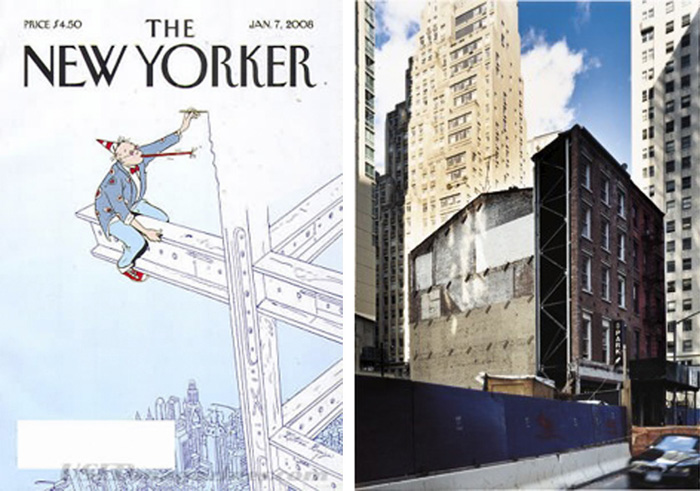New Yorker Magazine ‘Mystery On Pearl Street’
New York Times ‘This Wood Has History Ingrained In It’
Ghost in the Machine by Men Who Shave
NY Times Video / 12 x 12 Exhibit
Pioneers in American Sustainable Architecture
With the relatively recent establishment of the U.S. Green Building Council and the LEED standard, it can seem far reaching to consider sustainable architectural practices in the early 19th c. The architect at the center of that prospect, Ithiel Town, would found the country’s first architectural firm, Town and Davis on Wall St. in 1828. A Pioneer in American Revivalist architecture, taking on a commissions in the neo-Greek, Egyptian, Gothic, Tuscan and other styles, the architectural historian Talbot Hamlin would go so far as to call Town “One of the most important personalities on the American scene in the second quarter of the 19th century.”
There’s evidence to suggest that Town had a growing awareness of environmental issues, and that strategies in his architectural practice represented a conscious response. It is impossible to measure Town against modern green building, or to expect that environmental damage such as acid rain, global warming, VOC contamination, etc. – could have been foreseen at that time. But the rate of deforestation and early effects of the Industrial Revolution were beginning to raise alarms related to the environment. Research is currently underway to uncover what remains of Town’s environmental record. Sustainable architects today may yet have something to learn, or at least feel confirmed, from America’s earliest professional architects.


